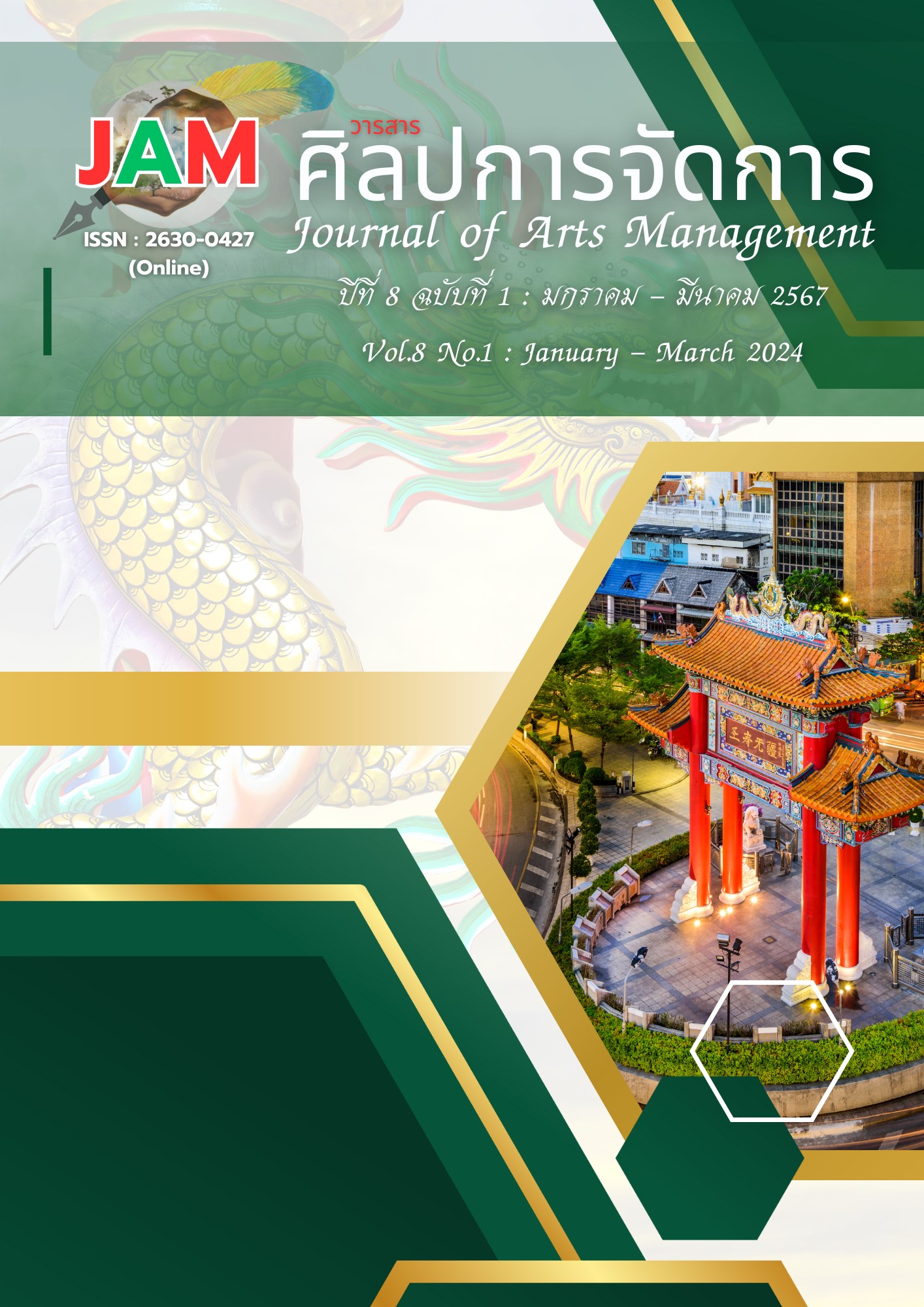Students’ Learning Loss Management Model in Schools, The Primary Educational Service Area Office 2 Prathum Thani
Main Article Content
Abstract
This research aimed to 1) study the current conditions and the guidelines for students’ learning loss management in schools, the Primary Educational Service Area Office 2, Prathum Thani. 2) develop and evaluate students’ learning loss management models in schools, the Primary Educational Service Area Office 2, Prathum Thani, and 3) trial and evaluate the possibility and utility of a model. This research was a mixed-methods study: quantitative and qualitative. The samples for this research were 16 school administrators and 281 teachers selected by stratified random sampling. The tool used for data collection was a questionnaire. The chosen informants by purposive sampling were the experts who have experience in students’ learning loss management. The tool used to collect data was the interview form. The statistics used for the analysis data were percentage, mean, standard deviation, and content analysis.
The results of the research revealed that 1) the current conditions of students’ learning loss management in schools, the Primary Educational Service Area Office 2 Prathum Thani, were at a high level and guided students’ learning loss management in five aspects; 2) the students’ learning loss management model in schools, the Primary Educational Service Area Office 2 Prathum Thani, consisted of two components: 1. The students’ learning loss management in schools: curriculum development, learning process development, developing media and using technology in educational innovation, mental health, measurement and evaluation, 2. The process of students’ learning loss management in schools had four steps: plan, do, check, and act. 3) The results of the trial and evaluation of the students’ learning loss management model in schools at the Primary Educational Service Area Office 2, Prathum Thani, found that the possibility and the utility were at the highest level.
Article Details

This work is licensed under a Creative Commons Attribution-NonCommercial-NoDerivatives 4.0 International License.
Views and opinions appearing in articles in the Journal of Arts of Management It is the responsibility of the author of the article. and does not constitute the view and responsibility of the editorial team I agree that the article is copyright of the Arts and Management Journal.
References
Anannawee, P., & Prawatrungruang, S. (2023). A Model of Digital Leadership of School Administrators in Schools Administration, The Secondary Educational Service Area Office Chonburi Rayong. Journal of Social Science and Cultural, 7(4), 250–268. https://so06.tci-thaijo.org/index.php/JSC/article/view/263553
Boonpluk, T. (2013). Preparation for Learning Management for Teachers and Administrators Educational Institutions towards Becoming an ASEAN Community in 2015: A case study of Ban Wiang Phan School under the Chiang Rai Primary Educational Service Area Office, Area 3[Master’s thesis, Mae Fah Luang University].
Deming, W. E. (1986). Out of the Crisis. Cambridge. Center for Advance Educational Services, Massachusetts Institute of Technology.
Deming, W. E. (2004). Plan Do Check Act (PDCA). http://www.mycoted.com/creativity/techniques/pdca.php
Fitzpatrick, R., Korin, A., & Riggall, A. (2020). An International Review of Plans and Actions for School Reopening. Education Development Trust.
Hongthong, P. (2019). Academic Administration Model of Educational Institutions in Bangkok to Develop the Ability to Manage Themselves (Executive Function: EF) of Early Childhood Children[Doctoral dissertation, North Bangkok University].
Krejcie, R.V., & Morgan, D.W. (1970). Determining Sample Size for Research Activities. Education and Psychological Measurement, 30(3), 607-610.
Madaus, G. F., Scriven, M., & Stufflebeam, D.L. (2000). Evaluation Model: Viewpoints on Education and Human Services Evaluation. Kluwer Academic Publishers.
Niyomwon, W. (2021). Learning Management Model of Samut Sakhon Municipality School Administrators in the Crisis of COVID-19. Graduate School, North Bangkok University.
Office of the Education Council. (2022). Measures to Revive the Recession in Official Learning. https://backoffice.onec.go.th/uploads/Book/1932-file.pdf
Office of the Education Council. (2022). Report on the Results of the Seminar on the Learning Outcomes of Thai Children. In the COVID-19 Situation: Findings and Suggestions for Development. Office of the Education Council.
Office of the Education Council. (2022). National Qualifications Framework Education-Standards—ASEAN countries. Office of the Education Council.
Palichat, R. (2006). Learning Management that Promotes Thai Language Article Content for 4th Grade Students Model[Master’s thesis, Songkhla Rajabhat University].
Prathum Thani Primary Educational Service Area 2. (2022). Implementation Plan for Fiscal year 2023. https://ptt2.go.th/home/plan66/
Sayfah, Y. (2022). Learning Loss “What do parents do when their child has Learning Loss?”. https://www.rakluke.com/child-development-all/kid-development/item/learning-loss.html
Thongliamnak, P. (2021). Exploring the Impact of COVID-19, An Important Turning Point in World Education. https://www.eef.or.th/article1-02-01-211/


